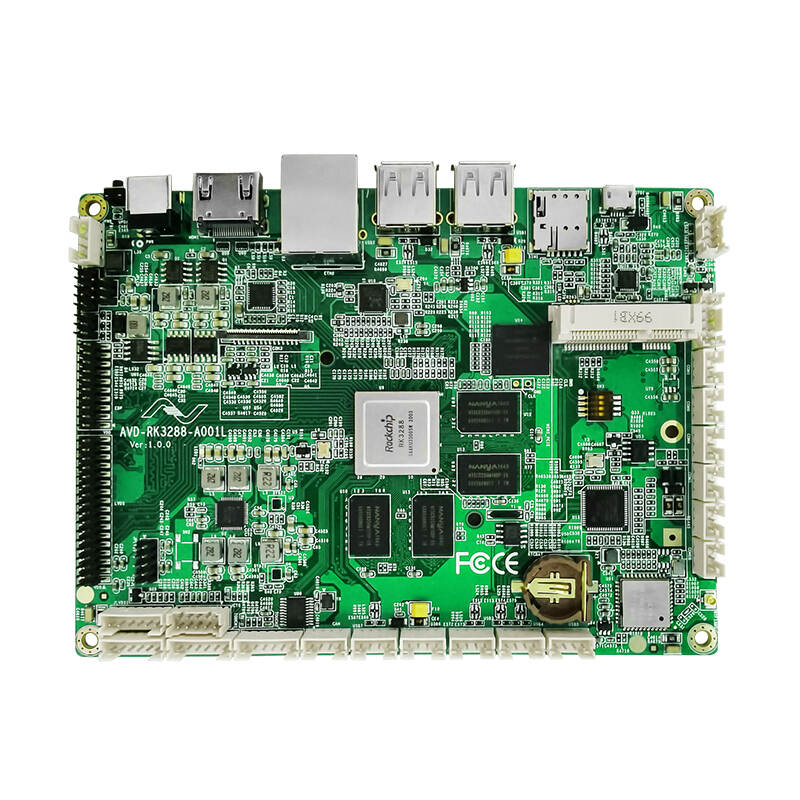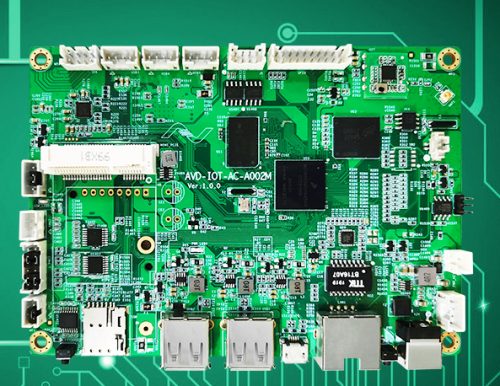Email format error
Email cannot be empty
Email already exists
6-20 characters(letters plus numbers only)
The password is inconsistent
Email format error
Email cannot be empty
Email does not exist
6-20 characters(letters plus numbers only)
The password is inconsistent


ARM motherboards have become a cornerstone in the realm of power-efficient computing, offering a unique blend of performance and energy conservation that is particularly valuable in today's technology-driven world. These motherboards are designed to operate with minimal power consumption while delivering robust performance, making them ideal for a variety of applications, from mobile devices to data centers.
One of the most significant advantages of ARM motherboards is their low power consumption. ARM processors are engineered to be highly efficient, providing substantial power savings compared to their x86 counterparts. This efficiency is crucial in applications where battery life is critical, such as in smartphones, laptops, and embedded systems. Devices using ARM motherboards can operate for extended periods without frequent recharging, making them ideal for use in remote or hard-to-reach locations where power is at a premium.
ARM motherboards are typically more affordable than their x86 counterparts, making them an attractive option for budget-conscious developers and businesses. The system on chip (SoC) design reduces the need for additional components, which helps lower manufacturing costs. This cost-effectiveness makes ARM motherboards a popular choice for building devices for consumer electronics, IoT projects, or prototypes where a competitive price-to-performance ratio is essential.
The integration of multiple components into a single chip means ARM motherboards tend to be much more compact than traditional desktop motherboards. This compact design is crucial for mobile devices such as smartphones, tablets, and even smartwatches. In embedded systems, where size constraints are often a consideration, ARM motherboards offer a solution that meets both space and performance requirements.
ARM motherboards offer scalability, catering to a wide range of needs from low-power solutions for simple IoT devices to powerful solutions for servers or high-performance computing setups. Manufacturers can choose from a range of ARM chips, such as the Cortex-A series for general-purpose computing or the Cortex-M series for microcontrollers and embedded systems. This versatility makes ARM motherboards suitable across various industries, from consumer electronics to industrial automation.
ARM motherboards are used in a wide range of applications, demonstrating their versatility and efficiency. In smartphones and tablets, they enable long battery life. In embedded systems, they are used in devices like home automation systems, automated machines, and medical devices. The Internet of Things (IoT) market has seen tremendous growth, with ARM processors at the heart of many IoT devices. ARM-based systems are also making a big impact in high-performance computing (HPC) and cloud servers.

ARM motherboards are revolutionizing the computing world, offering a compelling combination of low power consumption, cost-effectiveness, and high performance. Whether you're building a smartphone, embedded system, or even a server, ARM technology provides the flexibility and efficiency needed for a wide range of applications. As ARM continues to dominate markets from mobile devices to IoT and high-performance computing, it's clear that these motherboards are an essential component of modern technology. Understanding the benefits and applications of ARM motherboards will equip you to leverage their advantages for your next tech innovation.